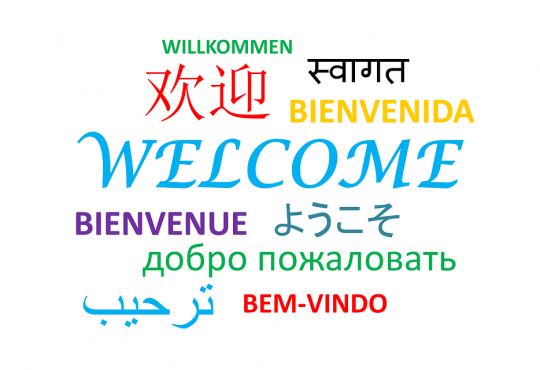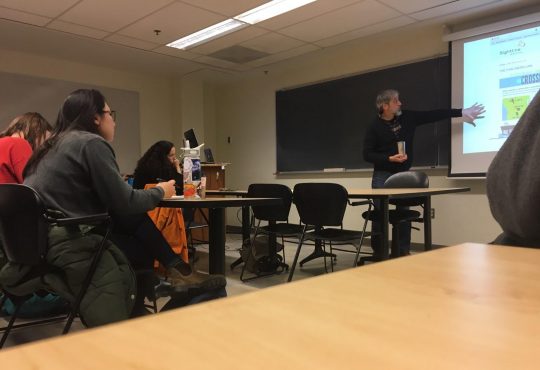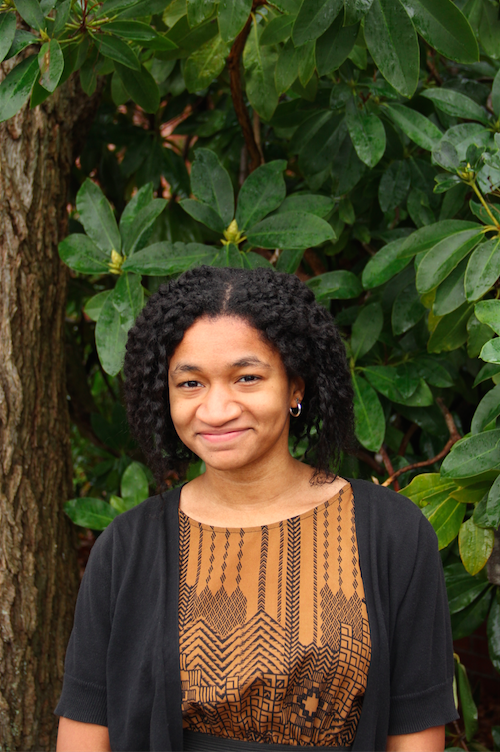Puget Sound is known for its tolerant environment; the school’s website even has an entire page dedicated solely to diversity on campus. Yet the statistics showcased on the page show that the student body is predominantly Caucasian, accounting for a whopping 73 percent. An anonymous Caucasian student commented about racism on campus, “I haven’t noticed a problem – it’s not derogatory…Some people just have a heightened sense of what racism is.”
The student has a valid point – one worth further investigation. This “heightened sense” is certainly a worthwhile conjecture. Racism has always been a taboo subject. With our nation’s defining history of racial profiling and strife, it only seems logical that racial claims need be taken seriously. Yet an increasingly common trend in the past decade has been the downplaying of racial issues within slang. These days, the words “that’s racist” are slung around as carelessly as colloquial catchphrases like “that’s what she said.” With that said, it’s a fair conjecture that this generation has rendered the word “racist” meaningless.
Just when did it become socially acceptable to use this once incriminating accusation with conversational nonchalance? And just what is racist anymore? The catchphrase, according to the National Public Radio (NPR), seems to have hailed from MTV2’s Wonder Showzen, from which an outtake featured an African American child zealously declaring “That’s racist!” in 2005. More recently, television shows like “Parks and Recreation,” “SNL,” “30 Rock,” and “South Park” have scripted these words as a popular punch line.
According to a recent story on the National Public Radio (NPR)’s “All Things Considered,” Hannibal Buress, a comedian and “30 Rock” scriptwriter, says that the phrase works in comedy because it “pushes people’s buttons.” By causing discomfort for the audience, it capitalizes on satirical humor.
The same special featured quotes from a fourteen-year-old student, Gus Rachels, who mirrored that same sentiment but in an unscripted, entirely social setting. “I think I … do it just sort of as a way of mocking other people who are overly sensitive about race issues,” he said. Fair enough – but now, what is “overly sensitive?”
The Anti-Defamation League defines racism to textbook accuracy as “… hatred of one person by another — or the belief that another person is less than human — because of skin color, language, customs, place of birth or any factor that supposedly reveals the basic nature of that person.”
Yet a 2008 article by English journalist Daniel Hannan for the Telegraph commences by acknowledging that the definition of racism is in constant metamorphosis. The great majority of Hannan’s article focuses on the political implications of this new cry-wolf of racism. He writes, “…we seem to be reaching the stage where no Conservative can ever say anything about race, however polite, however inoffensive, for fear of being deliberately misrepresented by his political opponents.”
The same stands for social convictions. Revisiting popular culture references (since they are so important in influencing the tone of a generation,) one season two episode of the hit show “Glee” (entitled “Audition”) began with the character Tina, who is of Asian descent, responding to a true rumor that she is fellow gleek Mike Chang’s new girlfriend as follows: “Because we’re both Asian? That’s racist!”
Whether it be a condemnation of segregating laundry into lights and darks, a reference to the similarity in skin color between Shrek and Elphaba, or a scripted suggestion that being black equates to being good at football, one thing that is certain is that our generation has become desensitized to what is truly a racist comment. If it is true that racism is in constant flux for meaning, than how can one decipher what it is to be racist in this day in age? A definite answer is unclear—that’s the problem.



